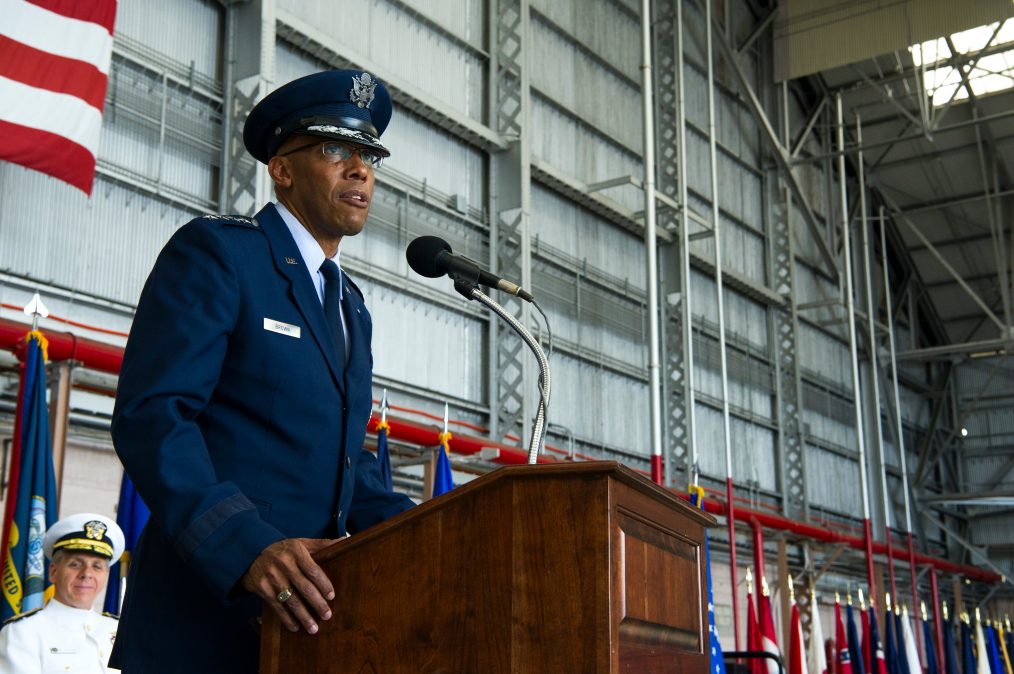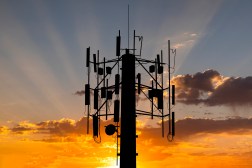5G will require Air Force to rethink its networks, chief of staff says

While the Air Force continues to play a role in developing 5G wireless technology for the military and economy in general, it will need to rethink its own network configurations to prepare for the related upgrades in speed and capability, according to the force’s top uniformed officer.
Chief of Staff Gen. Charles Q. Brown said IT offices will “most definitely” need to rework networks to be more enterprise-focused and field the enhanced bandwidth and lower latency that 5G promises to bring.
The technology will enhance base operations and also be a warfighting tool to help the force send data through the network-of-networks system called Joint All Domain Command and Control (JADC2), Brown said Tuesday during a virtual National Defense Industry Association event.
“We have a hodgepodge of a network we are going to actually have to reconfigure and redo to make sure we have the digital backbone” for JADC2, Brown said.
Several Air Force bases currently host 5G “test beds” where private industry is developing network prototypes on bases where regulations are more lax. Beyond just 5G, Brown’s goal is to have networks that can withstand technological change for years to come.
The most critical part of using 5G and other new network capabilities is having a broader enterprise-driven architecture that will allow for the interoperability of systems and data across the force. Brown said he recently met with top IT officials to prioritize building a more cohesive enterprise network that will be ready for 5G and emerging technologies in the future.
“It is going to require us to be a bit more enterprise,” he said.
IT enabling battlefield ops
Brown said that a continued push for an enterprise-IT-as-a-service model for its back-end tech will help grow the force’s future warfighting systems, like JADC2. The digital backbone also will be foundational to artificial intelligence-driven concepts by allowing the force to easily share data across the domains of war, from air, land, sea, space and cyber. None of the AI or other emerging technology-based warfighting systems can flourish without the foundational IT supporting its development with interoperability and data sharing, Brown said.
Brown said he recently sat down with the top IT officials to prioritize enterprise network construction and services. Another key part of the network he wants to emphasize is the Air Force’s approach to cybersecurity. Other tech leaders have stressed the importance of zero-trust architecture, something that Brown alluded to but did not directly mention.
“Who are we protecting our network from? Me — because I can’t operate in it — or our adversary?” he said, repeating a joke he says he tells his staff when he gets locked out of the network or slowed down by security protocols.
An aspect of security Brown wants the Department to focus on is migration to secure cloud-based system and storage. While the Are Force is not alone in this push, the department so far has been at the leading edge of with its own cloud service and software development platforms such Platform One, as well as DevSecOps initiatives.





